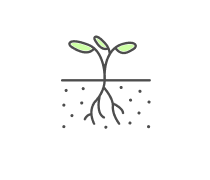Section 24-1 Quiz The Vascular Plant Body
2.
You may optionally provide this to label your report, leaderboard, or certificate.
×
Thank you for your feedback!
















